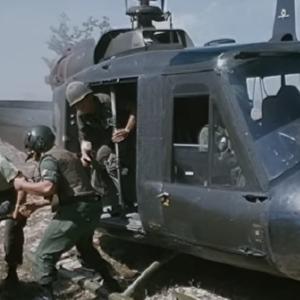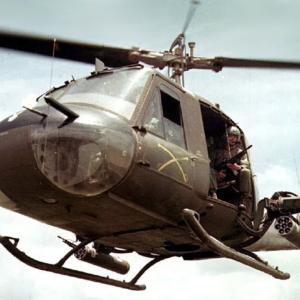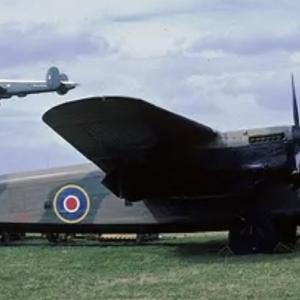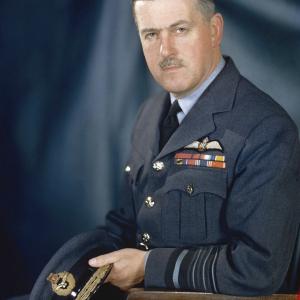
British SLR bayonet
The British SLR bayonet, often mistakenly referred to as the “SLUR” bayonet, was the standard bayonet issued alongside the L1A1 Self-Loading Rifle during the late 20th century. It saw significant use during the 1982 Falklands War, particularly in close-quarters combat when ammunition was depleted or during hand-to-hand engagements in rugged terrain.
This bayonet featured a socket-style mounting system that slid over the muzzle of the L1A1 rifle. It had a robust, spear-point blade approximately eight inches long and made from high-carbon steel, with an overall length of around twelve inches. The design emphasized durability and ease of use, even in the harsh, wet, and cold environments of the South Atlantic. Its simple but reliable form was inspired by earlier bayonets like the American M7 but was adapted specifically for the British rifle system.
Development of the bayonet was overseen by the Royal Armament Research and Development Establishment (RARDE), which worked with the L1A1 platform derived from the Belgian FN FAL. Manufacturing was carried out by major British defense contractors, including Enfield, the Birmingham Small Arms Company (BSA), and Royal Ordnance Factories. Bayonets produced by these firms were marked with serial numbers or NATO codes for tracking and standardization.
During the Falklands campaign, the bayonet played a critical role beyond its intended auxiliary function. In battles such as Mount Tumbledown, Goose Green, and Mount Longdon, British forces—including the Parachute Regiment and Royal Marines—often found themselves engaged in brutal night fighting or navigating complex trench systems. When rifle magazines ran empty or silent advances were necessary, troops fixed bayonets and launched direct charges on entrenched Argentine positions. These bayonet assaults, rare in the modern age, were not only effective in combat but also had a profound psychological impact on enemy troops. Witnesses described how the sight of British soldiers advancing with fixed bayonets could shatter morale and force surrenders.
Beyond its battlefield use, the SLR bayonet served as a practical tool. Soldiers used it for everything from cutting foliage to improvising tent pegs. Its multipurpose nature made it indispensable in the field.
Though eventually retired along with the L1A1 rifle in the 1990s, the SLR bayonet remains a powerful symbol of British infantry resolve. Its use in the Falklands War, especially in the last significant bayonet charges by British forces, underscores its place in military history as more than just a weapon—it was a tool of survival and a mark of close-combat tenacity.










